Dialogue #3 The Lost Stories in Ruins
When old collapses, times change, and new life blossoms in the ruins. - Friedrich Schiller.
It has been a while. This Dialogue was long overdue. The words eluded me as I wrestled with unread books and half-finished thoughts. I apologize. But now, my friend, I return to what I love the most: Telling Tales. This time, I want to tell you the stories of the ruins, which are always very special to me.
In this edition, I’ll walk you among ruins—silent witnesses to lost dreams, fallen empires, and civilizations that once pulsed with life. Our journey takes us to three haunting yet magnificent sites: Vijayanagar, Dholavira, and Kuldhara.
Vijayanagar: The Empire That Rose Like a Dream and Fell Like a Shadow
Imagine standing in a city so grand that it feels like a dream. Gilded palaces shimmer under the golden sun, majestic temples touch the skies, and bustling markets echo with traders' voices from distant lands. This was Vijayanagar—a city so vibrant that Portuguese traveler Domingo Paes called it “the best-provided city in the world.”
Toh Hazreen: From the dream of two brothers, Hakka and Bukka, came an empire that stood as a symbol of power, art, and culture."
Over the centuries, Vijayanagar flourished under the leadership of remarkable rulers who left their mark on its history.
Later came Krishnadevaraya, the empire’s most celebrated ruler, whose reign is often called Vijayanagar’s golden age. A warrior and visionary, he led the empire to its peak, defeating powerful enemies and expanding its territories.
Before he became one of India’s greatest emperors, Krishnadevaraya was just a younger son, underestimated and nearly erased. His father, Narasa Nayaka, a brilliant general, had seized power when the kingdom was weak. His elder son, Vira Narasimha, was ambitious and unstable. His younger son, Krishnadevaraya, was brave, sharp, and popular—but not first in line.
The kingdom’s most trusted advisor was Appaji, the prime minister—loyal, cunning, and fatherly to all. Add to this the mysterious spy from Kalinga, a little boy who loved sweets, and a young woman named Chinnadevi, who fell in love with a man she didn’t know was a prince.
Toh Hazreen: This is the story of power, betrayal, and regret.
VIRA NARASIMHA (on his deathbed): Appaji... I name my son as successor.APPAJI (startled): Your Majesty… he’s eight. Krishnadevaraya is ready. The people trust him.VIRA (with effort): Then blind him. I want his eyes. That’s an order.KRISHNADEVARAYA: Appaji? What’s going on?APPAJI: Your brother… he wants you gone. I have to make it look like you’re dead.KRISHNADEVARAYA: So… we’re faking my death?APPAJI (gesturing to a goat): A small price. The king wants proof. Let him think you’re gone.VIRA (examining a box): These eyes… they look strange.APPAJI: Death does that, Your Majesty.Krishnadevaraya vanished into the countryside. Disguised, wandering, learning. And that’s when he met Chinnadevi, a merchant’s daughter.
CHINNADEVI:You speak like a man who knows power.KRISHNADEVARAYA (smiling): I’ve known danger. And I’ve known peace... here with you.Meanwhile, in Vijayanagar, enemies circled. The Sultan of Gulbarga saw a child on the throne and sensed weakness.
MESSENGER: Appaji, the enemy marches. We’re leaderless.APPAJI: Not quite. It’s time to bring the dead back.CROWD (stunned): Krishnadevaraya?!KRISHNADEVARAYA (emerging): The Sultan thinks I’m gone. Let’s show him I’m not.He led the army, crushed the enemy, and returned a hero.
MINISTER: Crown him!YOUNG PRINCE (relieved): Can I play marbles now?Krishnadevaraya ruled long and well, and the kingdom flourished under his wisdom and strength. His son was next in line to succeed him, a boy full of potential—if only he had fewer distractions. You see, the boy had a major weakness: he loved sweets.
PALACE MAID (to herself): So the prince likes sweets. And Appaji brings them…The boy fell ill. Poisoned. And suspicion followed.
SERVANT: Appaji was seen going into the room with sweets…KRISHNADEVARAYA (furious): Appaji... was it you?APPAJI (shocked): Majesty, no. I would never—KRISHNADEVARAYA: Then explain. Why is my son dead?APPAJI: Ask your spies. Ask your conscience.KRISHNADEVARAYA (cold): Blind him.And so the man who once saved a prince lost everything—his sight, his home, and his king’s trust.
APPAJI (in exile): I gave him a kingdom. He gave me darkness.Krishnadevaraya ruled long and well, but his greatest victories were shadowed by the silence of the man who once called him son.
Krishnadevaraya was also a great patron of literature, commissioning works in multiple languages and building magnificent temples. Under his rule, Vijayanagar became a land of unmatched prosperity and cultural brilliance.
But no empire, no matter how mighty, is eternal. In 1565, the Battle of Talikota brought disaster. Allied forces of rival kingdoms struck a devastating blow to Vijayanagar. Invaders stormed the city, burning its palaces, looting its treasures, and reducing it to ruins. The streets once filled with life fell silent, and the empire's glory faded like a dream at dawn.
Today, the ruins of Vijayanagar whisper tales of its rise and fall. The crumbling walls, carved pillars, and remnants of majestic temples stand as silent witnesses to an empire that rose like a dream, flourished under legendary rulers, and fell like a shadow, leaving behind a legacy that refuses to be forgotten.
Dholavira: The 5,000-Year-Old City That Still Speaks in Code
Deep in the arid landscapes of Kutch lies Dholavira, an ancient city that rose to prominence over 5,000 years ago. It was a jewel of the Indus Valley Civilization, a society far ahead of its time. Here, ingenuity shaped the land—meticulously planned streets crisscrossed the city, massive reservoirs stored precious water, and sophisticated drainage systems kept the settlement clean and thriving.
Dholavira wasn’t just a city but a marvel of engineering and vision. Its grand citadel stood as a symbol of authority, while its lower town buzzed with life—markets bustling with traders, artisans crafting pottery and jewelry, and workers constructing monumental structures. The city's residents lived in harmony with the harsh environment, using advanced techniques to harvest water and manage resources in a region prone to droughts.
But amidst its grandeur lies its greatest mystery: the Mysterious Signboard. Archaeologists discovered a 10-character inscription carved on a massive wooden slab at the city's entrance. It is the longest-known script of the Indus Valley Civilization, yet its meaning remains an enigma. Was it the name of the city, a declaration of power, or a message meant to endure the ages? The code remains undeciphered, a silent witness to a lost language and a forgotten world.
I struggled to find a story to tell here. Then I imagined—two elders, standing before the newly erected signboard, their eyes tracing the strange symbols as dusk settled softly over their city.
Toh Hazreen: This is the story of legacy and memory.
The sun dipped low over the stone reservoirs. Two city elders stood beneath the towering signboard, their eyes fixed on the strange symbols carved in silence.
Elder 1: “Do you still believe the message will be understood one day?”Elder 2: “Not by us. But someone will come—someone who can hear what these stones are trying to say.”They stood quietly for a while, listening to the desert wind move through the empty streets.
Elder 1: “If the rains don’t return, we will have to leave.”Elder 2: “And if we do... this city must remember us. Even if the world forgets our names.Today, Dholavira stands as a haunting yet awe-inspiring reminder of the resilience and brilliance of the Indus Valley people. Its carefully laid-out ruins still tell stories of a society that thrived against all odds, and its mysterious script challenges us to uncover secrets that have been lost for millennia. As we walk through its silent remains, Dholavira invites us to step into its world—a world that feels both distant and eerily familiar, leaving us in awe of the rise and fall of one of humanity’s greatest civilizations.
Kuldhara: The Village That Disappeared Overnight—And Left a Curse Behind
Visitors who walk through the empty streets of Kuldhara often speak of a strange feeling—like something unseen still lingers in the air. A presence that clings to the ruins, like a song that has been forgotten but not gone.
Kuldhara was founded in the 13th century and once thrived under the Paliwal Brahmins, a community known for their knowledge and prosperity. But by the early 1800s, it was suddenly abandoned.
No one knows for sure why. Some say it was because the water ran dry. Others believe there was an earthquake. But the most famous story blames Salim Singh, the cruel minister (Diwan) of Jaisalmer, who wanted to take the headman’s daughter for himself. The villagers, unwilling to give in, made a choice.
My grandfather once told me our ancestors may have lived near that region. After hearing his stories and reading about Kuldhara, I often imagine what it might have been like.
Toh Hazreen,
It’s a story about strength and unity.
The Last Night
Under the light of a pale moon, the headman gathered the villagers.
Headman:
“At sunrise, the Diwan will return.
He’ll take what he wants.
If we resist, he will destroy us.”
A silence followed, until an old woman spoke.
Elder Woman:
“Then we must go. All of us. Tonight.”
The headman looked at his daughter. Her eyes were calm but determined.
Villagers:
“Let him find only dust and silence.”
The headman turned to the temple, where the sacred flame flickered.
Headman:
“We will leave our homes—but not our honor.
And may no one ever live in Kuldhara again.”
By morning, the village was empty.
They left behind their homes, but also a warning. Some say they left a curse. People tell stories of ghostly voices, footsteps in the dark, and shadows that move on their own. Many believe the spirits of the villagers still protect Kuldhara.
Today, the village stands as a quiet reminder. People from around the world come to see it—not just for the mystery, but for what it represents.
Kuldhara is a symbol of courage—of choosing dignity over fear.
Even in silence, its story speaks.
Every stone has something to say.


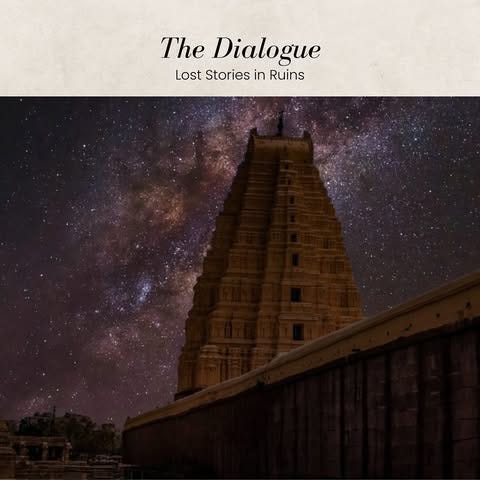
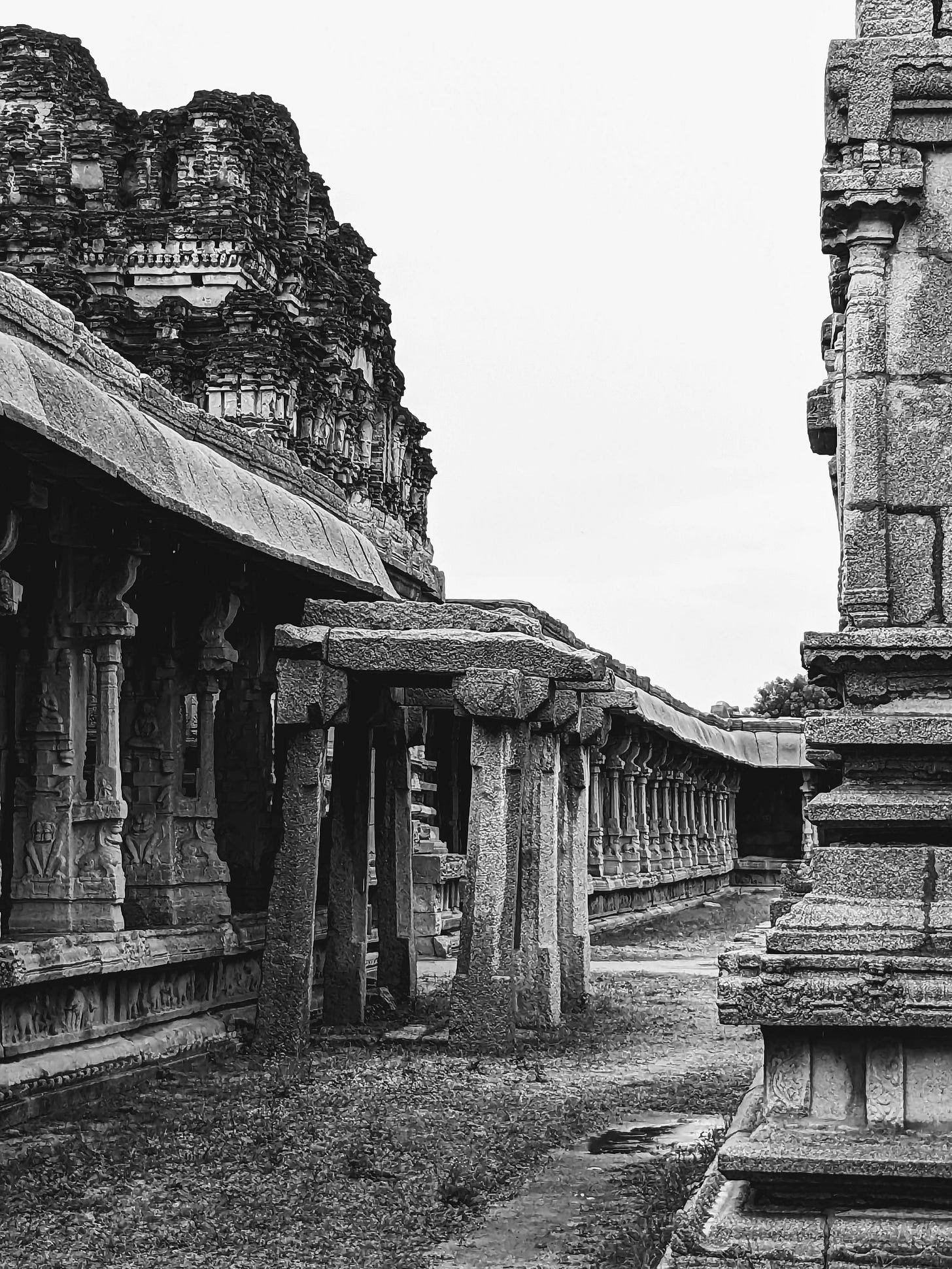
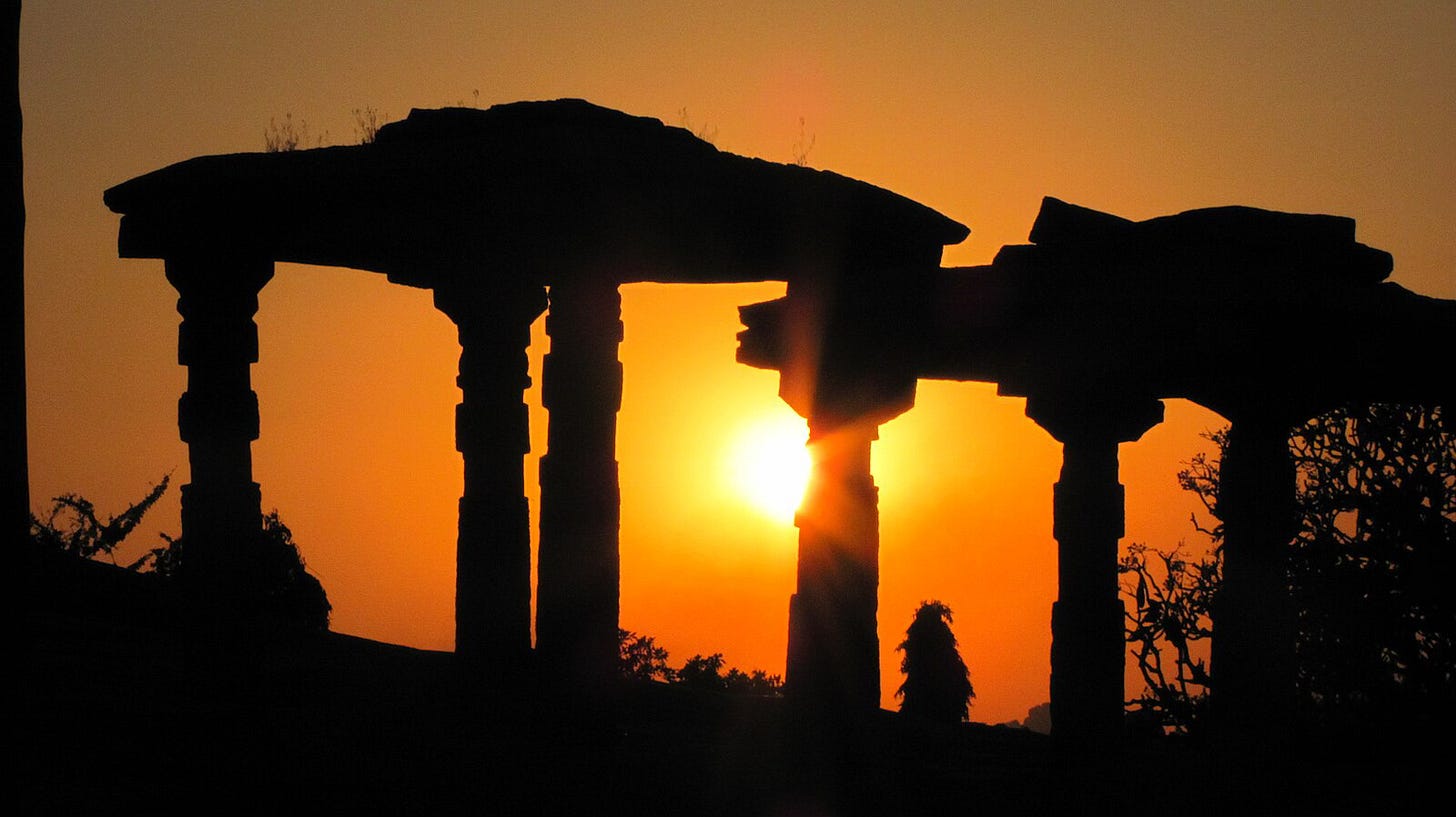
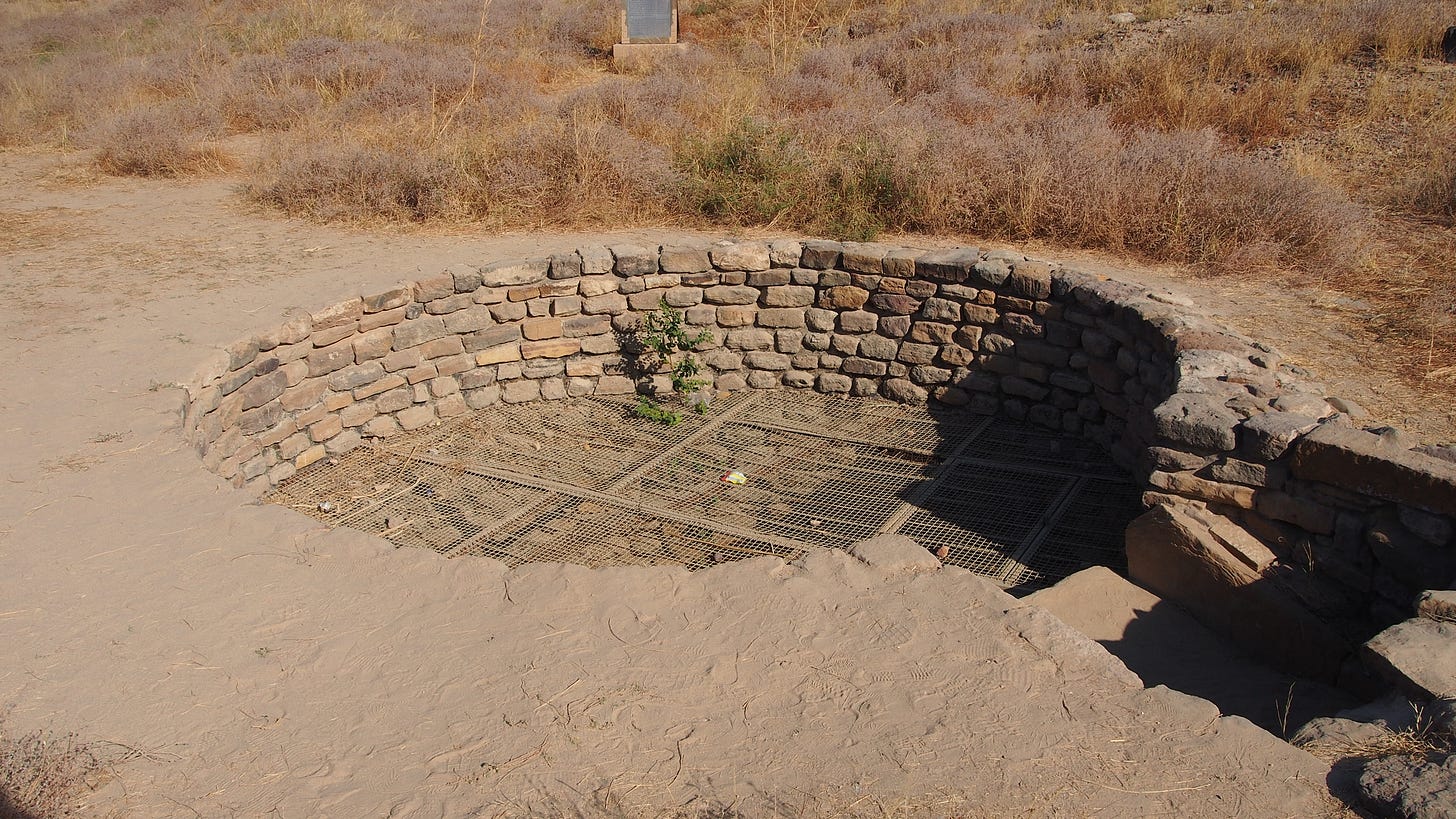

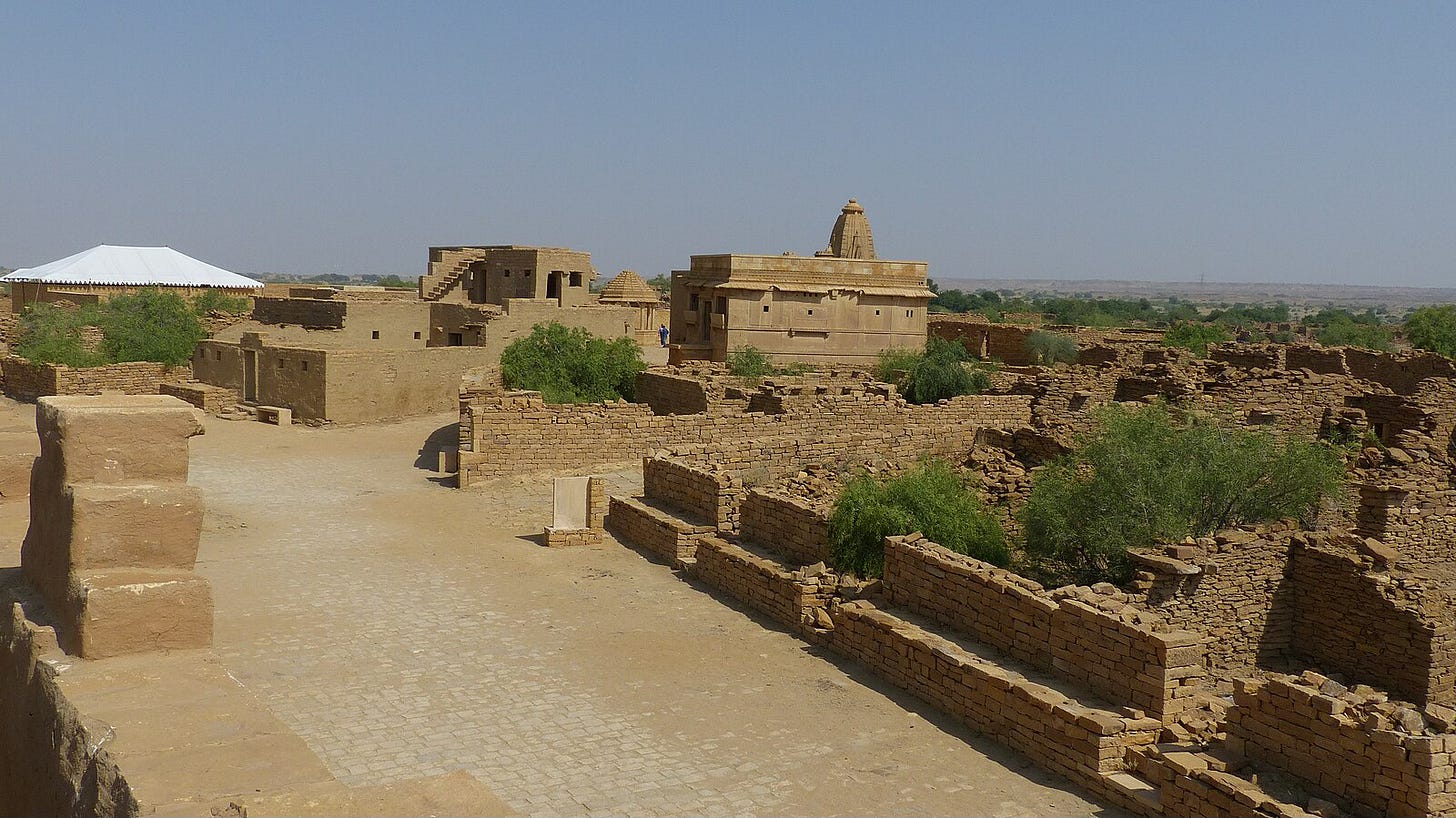
Brilliant!